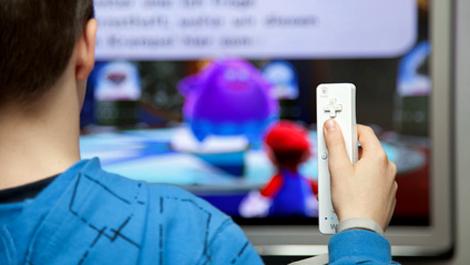ADHS - Neurofeedback

dr medical Nina Buschek and Ingrid Mueller
Transfer from German – Evgeny Sheronov
The principle
Biofeedback is a process that people use to specifically perceive their bodily functions, which otherwise take place unconsciously, and learn to control them with the power of thought. Processes, processes and signals in the body (bio) are made perceptible through feedback via sounds or visually via the screen. This can be, for example, the respiratory rate, muscle tension or brain waves. The feedback is real-time. The affected person sees or hears immediately what the body is doing.
Biofeedback is used for many illnesses, for example headaches, migraines, tinnitus and also ADHD. The latter affects around five percent of children in Germany – boys more often than girls. You are unfocused, easily distracted, have little stamina, flare up easily and tend to act rashly and be hyperactive.
control behavior
Neurofeedback is biofeedback of brain activity. This is usually measured using an electroencephalogram (EEG). That is why experts also speak of EEG biofeedback.
The electrical activity of the brain areas consists of slow and fast frequencies. Sleeping, dozing, quiet relaxation, alertness, mental tension – from state to state, the waves become faster and faster. Children with ADHD should learn to perceive brain activity, to control and change it – i.e. either to stimulate it or to suppress it. This way you can better control your own behavior later on. Those who are rewarded for fast frequencies, i.e. attention, also change their behavior. Attention and perseverance are states that are easier to create later. In neurofeedback training, attempts are made to automate this behavior so that it can also be called up in other situations, for example at school.
It is important, however, that the children and young people are well motivated and continue to practice at home. Parents must also be well informed and support their offspring.
Virtual Soccer Game
During neurofeedback training, the child sits in front of a computer screen. The brainwaves are derived via measuring electrodes that are glued on and control a computer program. Depending on the level of concentration, the child can save a penalty shot in a virtual soccer game with the power of their mind – or not. The goalkeeper can only get hold of the ball if the ball in the lower part of the picture has been steered upwards by concentration and has turned red as a result. Alternatively, the children maneuver a beetle through a maze, drive a racing car or slow down or speed up a film. Later, you will practice making a change without feedback when the screen is off.
Neurofeedback – the effectiveness
The University of Tübingen, together with the research facility “Brainclics” at the University of Nijmwegen, published a meta-analysis* of all 15 studies on neurofeedback and ADHD that have been published to date. Their conclusion: neurofeedback is an evidence-based and effective treatment option for children with ADHD. The method has significant effects on the symptoms “impulsiveness” and “attention”. The researchers saw medium effects with regard to the core symptom “hyperactivity”. The data was determined via parent questionnaires. However, the method did not work for all children. Neurofeedback is not a substitute for medication, but a further component of therapy.
The guidelines say neurofeedback can help with ADHD, but recommend further studies on its effectiveness. The costs for neurofeedback training are usually not reimbursed by health insurance.
© Copyright 2013 NetDoktor.de – All rights reserved – NetDoktor.de is a trademark
